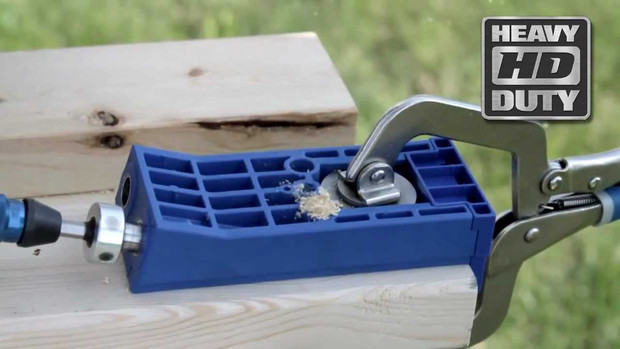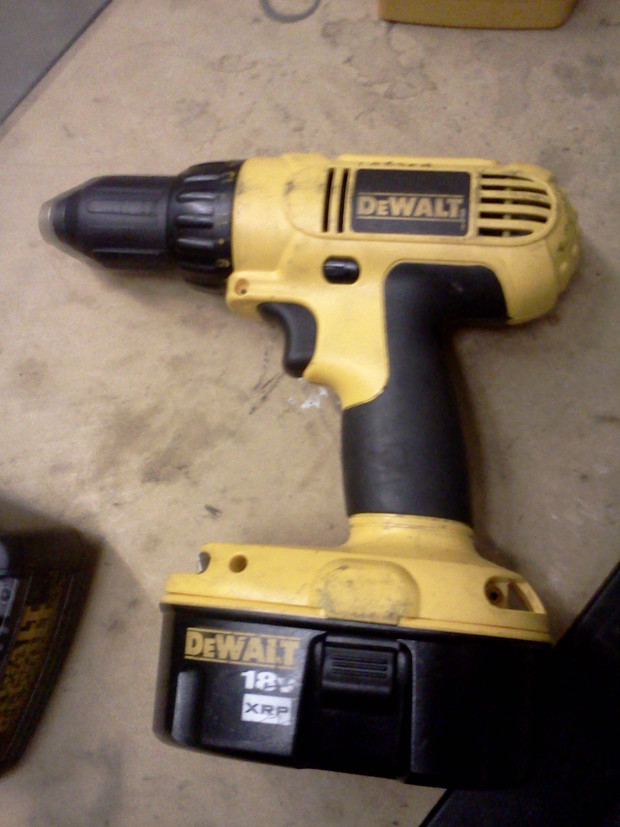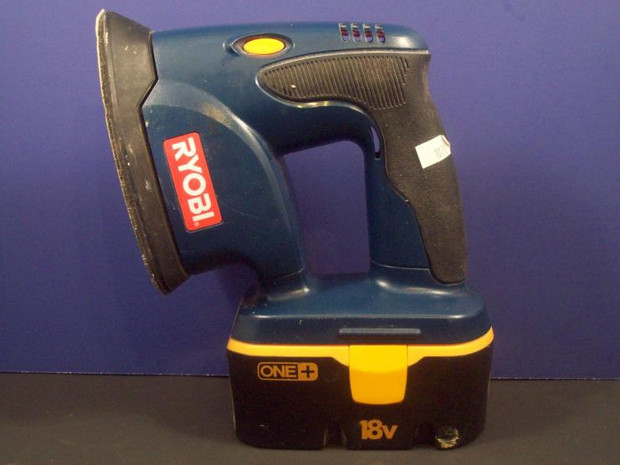First, the final product:

There is a little dust on the lens of my phone, but you can see what we accomplished! Two awesome rugs! Except they aren't rugs. It is STAIN. Everything you see on the concrete is concrete stain.
Wow!
Here is our before:


While we loved our patio, the muddy dog paws, grass stains from my overzealous whacking, and just overall stains made doing this project really satisfying. The work was literally back breaking -- hence waiting so long to post the pictures and explainer.
When I say we took four days for the project, I mean we took four full days.
Here is our process:
We read and read some more. We followed this blog post from "The House of Wood."

- Lisboa Tile Stencil (21.75x21.75")
- Stencil brush (essential!)
- Delicate Border Classic Stencil
- Behr solid color concrete stain (three colors but we actually used Duck Back brand for the white)
- Rollers (3/8)
- Paint tray
- 3" Chip brushes
- 2" 3M painters tape
- Painters paper
- Concrete etcher
- Concrete cleaner (neutralizer)
- Garden pump sprayer
- Deck brush
- Wet look acrylic sealer (clear)
Our patio is 16'x48' with a little piece that juts out an extra 2'. In terms of gallons of stain bought, we bought two white gallons, one green gallon, and four gallons of the dark grey. We only used two gallons of the grey.
We started by prepping the concrete by using the pressure washer and broom to get the initial grime off. I actually did this on Thursday so we'd be ready to etch the concrete on Friday morning after dropping the kids at school. Etching, I'm told, is very important since it roughs the surface up chemically and readies the concrete to soak up that sweet sweet stain.
We bought a new pump sprayer at our local lumber yard (hey it was $8! Bargain!), filled it with the etcher and started spraying over the concrete.
Mistake #1: the concrete was dry so the etcher just soaked right in making streaks of etched concrete.
To add insult, the sprayer was not misting the etcher, it was shooting it in globs. Ick. So I now had globs of etcher fizzing and bubbling in uneven places.
I panicked slightly.
I yelled.
At this point I was doing this on my own and ran inside to get my wife to help. I figured out that the concrete should be damp and you have to immediately broom the wet etcher into the concrete.
Your mileage might vary, but our concrete is about two years old-- so not old by any means, but certainly not new concrete.
I thought the etching was a one person job, but it turned into:
- I spray etcher while my wife sprays water to keep it wet
- I grab a "Deck Brush" and work it back and forth
- Repeat and trade roles when you get tired
My recommendation: work in small sections. We were fortunate that the lines in the concrete gave us clear sections.
We did this for the entire patio.
We started at 9 and finished the sweaty job by 11.
Now we had to neutralize the etcher.
Here is where I tell you to trust me, use the neutralizer.
I read the instructions on the etcher. It said "Let etcher sit for *blah blah blah* and then use a neutralizer." I looked at my mistakes etching above and figured I had better follow the instructions.
See those steps above for etching? Repeat those exact steps for cleaning the etcher off. Now its at least noon on the first day. We ran out of neutralizer for one 8x8 pad. The stain didn't adhere as well to the concrete on that one. Make sure you get enough.
Results:
We had really nice concrete left! We even were able to get out stubborn stains that pressure washing alone wouldn't get out. 5/10 would not recommend doing this unless you have a full day.
Then we had to let it dry.
It was an incredibly hot day (90+) so this didn't take too long on the concrete. This gave us time to do some math.
Honestly the project was mostly repetitive grunt work-- except for the math.
The large stencil we did was 25"x25" but the interior stencil was 21.75".
I didn't take pictures of our math paper, but you can see it in a later image. We basically decided how large we wanted our first "rug" based on the table I built last year (9'x3'). We wanted it wider and longer.
5 stencils by 8.
From there we just did math to find how big to paint the white.
Very important: you cannot paint light stain on dark stain (easily), only the other way around.
I knew this, but if you are reading this. Read the above again. Don't mess that up.
We decided to paint a border on the perimeter of the whole patio so we measured and taped that.
Painters tape doesn't stick well to concrete. Especially broomed (those little grooves in the concrete) concrete. Just stick it down the best you can.
Then we started brushing the white for the border with our chip brushes starting in a corner farthest away from where people would be in case we made mistakes.
Mistake #2: brush the white away from the tape not into.
We ended up having to go back and "cut" with the dark stain.
Mistake #3: make sure the patio isn't too hot for this or the stain won't soak in.
Then we taped and rolled our "rugs."
This part was fun because we could see some huge progress right away. The white looked great and soaked in really well.
I also started rolling the dark concrete stain.
My beautiful, wonderful, amazing, considerate wife began working on the stencil the next day after we let the stain soak and dry for 12 hours.
We started in the same corner we started staining in. In case we made mistakes.
Mistake #4: the blog we followed for the project said to swirl (or the stencil website) the paint/stain onto the stencil. This made a mess.
My wife figured out that if you dab (lack of a better word...) the stain onto the stencil you get a great pattern with no mess.
 |
It was a lot of hands and knees dabbing for two days.She's amazing. |
 |
| You can kind of see the mistake in the background. We fixed that later. |
The stencil has dots in the corners that you overlap to get the rug style pattern.
In this photo you can see that I stained the dark until I couldn't stain any longer without literally painting us into a corner. You also can see the back door. The builder never painted that-- it is just primed. Muddy dog paws love to soak into the white primer. I decided I'd paint that too.
You also might notice it is getting dark too.
In this photo you can see the finished "rug" and the aforementioned math notebook. You'll also notice how we "cut" with stain in the gaps. Cutting is a painting term for using a brush first to get the places a spray or roller will not get and then rolling over to blend.
From here it is repeat and repeat.
Lots of repeat.
I kept the kids and the dogs busy, with only a few "no, no, NO! Don't go out that door!" While my wife did the majority of the work.
Pretty much completed!
Steps that you can't see: sealer.
Mistake #5: putting two coats of sealer.
Sealer is great because it makes sure the stain stays and doesn't scratch much. I decided if one was good, two was better. I put one on and it soaked in great and gave it a nice wet look. The next day I put another coat. It went on hazy (that's normal) but didn't go away in places. You would probably never notice. But I know. I tried lots of things to remove the wet look "haze" to no avail. I left it and now that it has been a few weeks, I hardly notice.
We let everything dry completely for three days before letting anyone out on it.
Overall, the project was worth it-- even if it did take us a lot longer than we thought. The patio is sealed and beautiful!




































 =
=